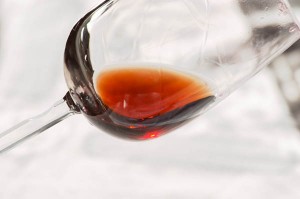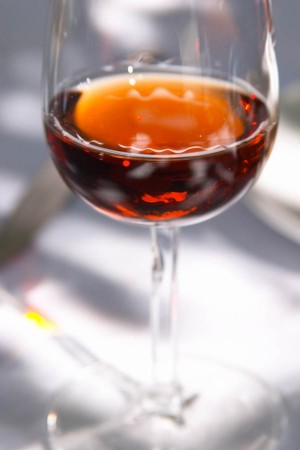An introduction to port wine and its markets
December is a good month for port. Some people do not drink port wine at any other period. And that is a shame of course. Port wine is well suited for many occasions.
The grapes for the port wine are grown in the Douro Valley in northern Portugal. It is a spectacular wine region where the grapes grow on steep, sometimes very steep, slopes. Today not only port wine is made here. The traditional grapes also perform well on their own, with no alcohol added, which is perhaps not so surprising.
Some interesting figures

Area Douro Valley: 45 700 hectares of which over 32 000 hectares can be used for port wine.
Exports: The most important markets are:
- France is by far the largest market with a market share of 29%. Most of what is drunk in France is simple ruby being drunk as an aperitif at bars or at home.
- The Netherlands (14.7%)
- Belgium (12%)
- Portugal (11.4)
- Britain (9,9 %)
It is a bit surprising that Britain, which is the classic port wine country, is only the fifth largest market. But perhaps the days are long gone when the ladies left the room while the men lit their cigars and passed around the port? But England is different from the other major markets. Only half of the port wine imported is standard port, the rest is premium port. Other countries that prefer the premium quality over standard port is the U.S., Norway and Canada.
What type of port wine do you prefer – bottled aged or oak aged?
Vintage Port

Vintage means that the wine comes from a single vintage. Vintage is not made every year, on average, about four years out of ten. Each house decide if it wants to declare a vintage but as the climate in the Douro valley is relatively uniform the houses often agree. You apply for permission to declare a vintage at the Port Wine Institute.
Port wine houses often use grapes from specific vineyards with good locations for their vintage. This wine is stored separately after fermentation and is tasted regularly and if the quality is exceptional, the house or the producers decide to “declare” a vintage. The wine is then bottled after only 18 months to two years in oak barrels and continues to develop in bottle over many years. Ideally, a vintage port should be aged in your cellar at least ten years before you drink it and it lasts a long time.
A vintage is always very powerful and packed with fruit and complex aromas. It will keep its young, fruity character for many years. With time it will mature and soften. The fruit and power is sometimes so great that a vintage can feel quite dry despite between approximately 80 and 100 grams of residual sugar.
Late Bottled Vintage

If you like the vintage port style but want something to drink a little earlier, you can buy a Late Bottled Vintage.
This port is also from a single vintage, but it has been longer in the oak barrels, between four and six years, before bottling.
As the maturation process is quicker in the barrel than in the bottle, a Late Bottled Vintage can be drunk earlier than a vintage port, basically as soon as it is bottled. The label will state both vintage and the year that the wine was bottled. The fruit is rich and powerful but you feel the softness and roundness from the oak aging.
Tawny

A tawny port spends most of its life in the oak barrel and gets its character and maturity from the oak. Port wine houses offer as a rule both a simple tawny with just a few years of oak ageing and tawnys that have been aged 10, 20, 30 and even up to 40 years in barrels.
The last two are very exclusive wines that are made only in small quantities and they sell for the same prices – or more – as a vintage. An old tawny (from 10 years and older) have the characteristic light brown colour and a velvety, mature flavour which is reminiscent of nuts, dried fruits, coffee, spices, orange and raisins. Such a tawny is delicious to drink at the end of a meal with some blue cheese or with a dessert with chocolate and almonds
Colheita
Colheita is a vintage tawny. It must be at least 7 years in barrel before being bottled. A Colheita must be approved twice by the Port Wine Institute (for the other ports, once is enough).
Ruby
The most unpretentious port wine is the ruby which preserves its bright red colour because it is bottled and sold after only a short time in big oak barrels, 1-3 years. A ruby is light in flavour, fruity and easy to drink without the complexity that you get in the other port wines.
White Port
Although Churchill considered a port wine’s first obligation to be red, there has been a slight rise in popularity in recent years for white port. A white port can be pretty dry, but never completely dry. Several houses have recently launched white port wines of better quality.
So, as we asked at the beginning – what kind of port wine do you prefer? And with what? Write a comment below!
[box type=”info”]The Douro Valley is undoubtedly one of the most spectacular wine regions to visit. If you are interested to learn more about the Douro region, about its port wines as well as about the very interesting “table wines” (wines that are not fortified) then you can come with us on a wine tour to the Douro Valley in Portugal, organised by BKWine. An unforgettable experience![/box]











